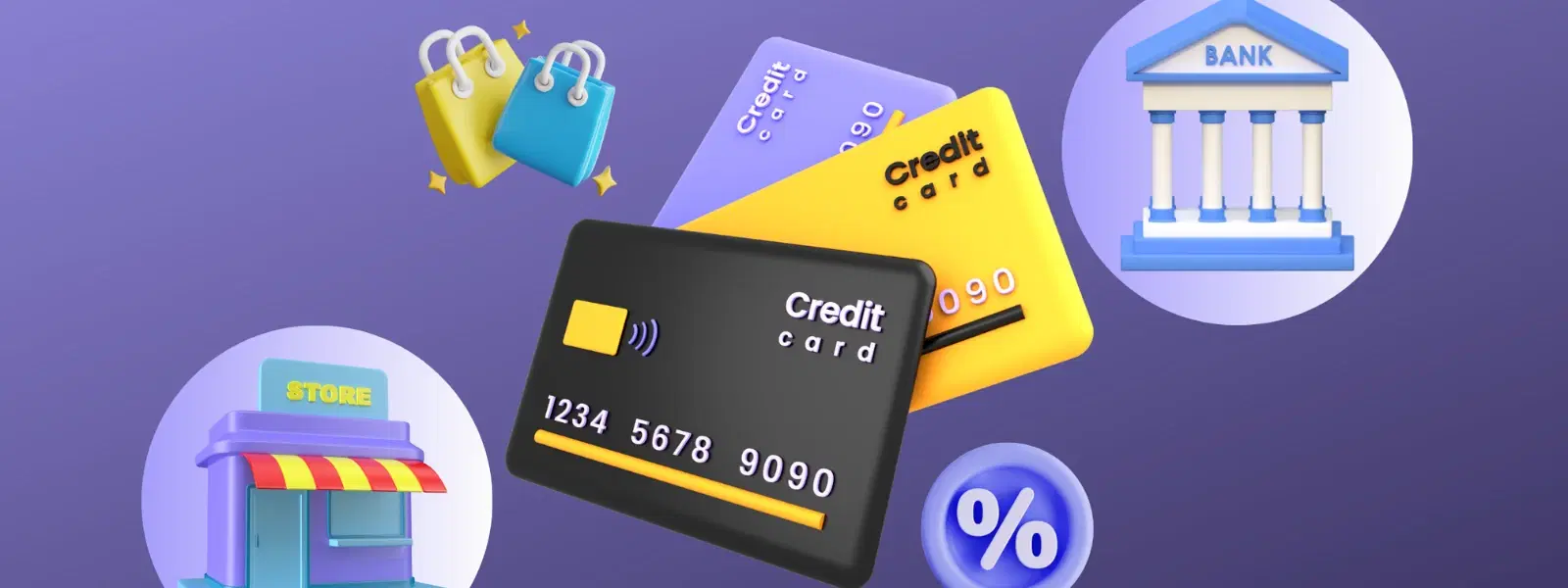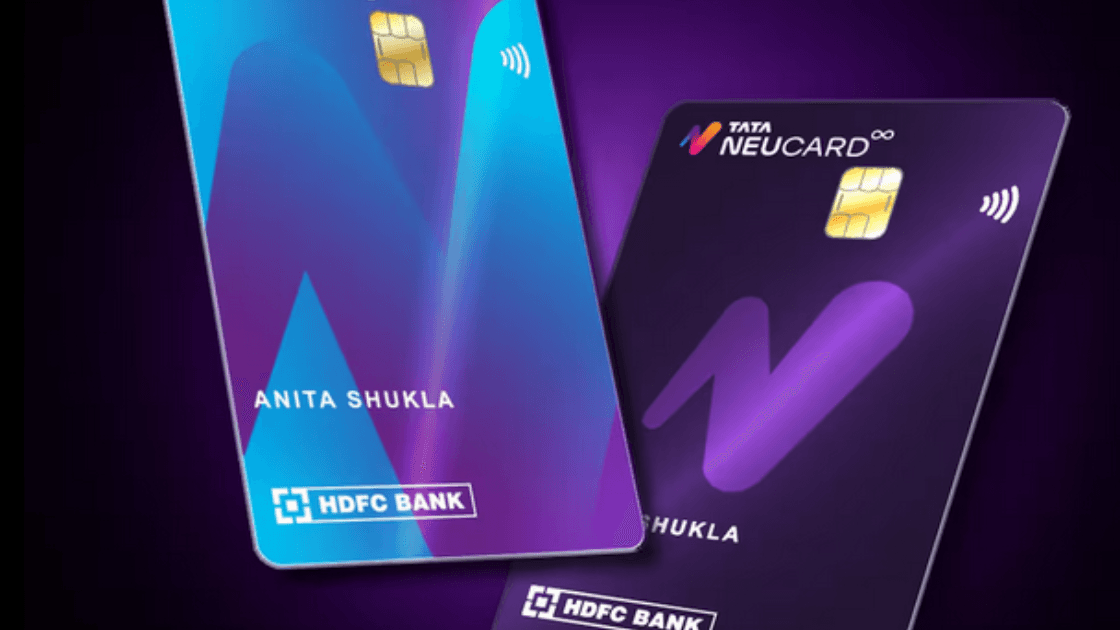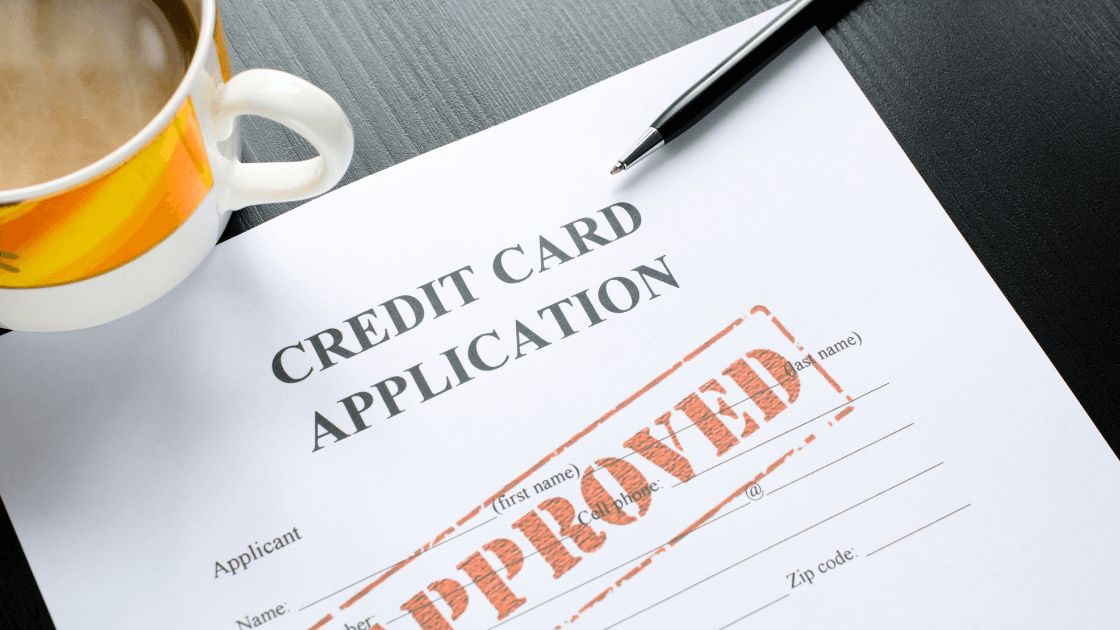
Cards
•05 min read

Managing your credit card payments can be simple and even fun once you know the right tricks! Whether you are considering using one credit card to settle the dues of another through methods like balance transfers, cash advances, or digital wallets, understanding the process can help you optimize your financial management and avoid unnecessary charges. In this guide, we will walk you through the various approaches available, discuss their benefits and potential pitfalls, and provide clear, step-by-step instructions to help you use credit cards for payments with confidence.
This approach essentially involves using the credit provided by one card to manage or clear the debts on another. This can come in handy in scenarios where consolidating debt or managing cash flow is critical. For instance, if you have multiple outstanding balances, channeling them through a balance transfer might help you secure a lower interest rate and simplify your payments. However, it is important to understand that while this method offers flexibility, it must be used responsibly.
Balance Transfer: A balance transfer involves moving the outstanding balance from one credit card to another that offers promotional interest rates or lower fees. The primary allure here is the potential to benefit from lower interest rates for a fixed period. However, it is equally important to be aware of any balance transfer fees and the fact that the promotional period is temporary.
Cash Advance: This method allows you to withdraw cash using your credit card, which can then be used to pay another card bill. Cash advances are convenient in situations of urgency, but they come with high fees and interest rates that start accruing immediately. Therefore, using this method requires careful calculation to minimize extra costs.
E-Wallets/Digital Wallets: Many digital wallet platforms enable you to load money using your credit card and subsequently process payments. This method provides convenience and speed, especially for online transactions. While digital wallets may sometimes incur fees, they offer a streamlined approach and a simple interface, making financial transactions easier to monitor and control.
When managed properly, using credit cards for payments can offer several clear benefits. It can help you consolidate debt into a single, manageable payment, particularly through balance transfers that feature competitive interest rates. Timely payments using these methods can help you avoid late fees and provide a strategic way to improve your credit utilization ratio. This method also allows you to plan your finances more effectively by managing different payment timelines.
On the flip side, each method carries its own set of risks. Cash advances, for example, are notorious for their high fees and the immediate start of interest accrual, which can add significantly to your repayments. Balance transfers might initially seem attractive with their low rates, but once the promotional period expires, higher fees may apply. Moreover, another risk to be mindful of is the potential impact on your credit score if these payments are not managed properly. Missed payments or an increased credit utilization ratio can harm your credit history, making it essential to practice disciplined spending and timely repayments.

After considering the pros and cons, let’s dive into a simple, step-by-step process for managing your credit card payments effectively.
Balance Transfer: To initiate a balance transfer, start by checking the terms and conditions of the cards involved. Once you identify a credit card that offers a low or zero-fee balance transfer option, follow these steps:
Log in to your credit card account on the issuer’s portal.
Locate the balance transfer option in the menu.
Input the amount you wish to transfer and the account details of the card you want to consolidate.
Review the fees, promotional rate period, and any additional terms before confirming the transfer.
Cash Advance: If opting for a cash advance, the process generally involves:
Visiting an ATM or using online banking to request a cash withdrawal from your credit card.
Withdrawing only the amount needed to pay the other credit card bill.
Immediately repaying or transferring the withdrawn amount to mitigate the high interest and associated fees.
E-Wallets: To use an e-wallet for credit card payments:
Select an e-wallet platform that supports credit card transactions.
Link your credit card to the e-wallet account.
Load the desired amount onto your e-wallet.
Proceed to make your credit card payment through the platform.
One of the best strategies to minimize fees is to opt for promotional balance transfer offers that waive fees for a set period. Additionally, always read the fine print in the terms and conditions. This due diligence not only prevents unexpected fees but also helps you manage your repayment schedule more effectively.
Some universal tips for credit card management include paying more than the minimum due each month, which helps reduce the overall interest burden. Setting up automatic payments can be a lifesaver, ensuring that you never miss a due date. Payment reminders, whether through your bank or a personal calendar, serve as an additional layer of protection against late fees, contributing to a stable financial profile.
-ed507771-df04-4fb3-9af5-bae11cb611a6.png&w=3840&q=75)
Some advanced strategies include prioritizing payments on cards with higher interest rates. This focused approach not only saves on interest but also helps maintain a lower overall credit utilization ratio. Always take full advantage of the interest-free periods provided by most credit cards by ensuring that the outstanding balance is paid in full before the due date. Monitoring your spending habits regularly can also help ensure that you're managing your credit responsibly and optimizing its benefits, ultimately building a more positive credit history.
You can use methods such as balance transfers, cash advances, or e-wallets to pay your credit card bills online.
Yes, it is possible by using methods like balance transfers or cash advances.
Using promotional zero-fee balance transfer offers is the preferred way to avoid extra charges.
Platforms like CRED allow payment of your credit card bills using linked payment methods, often integrating credit cards with e-wallets.
Using a balance transfer or cash advance method is the standard procedure for such transactions.
Using credit cards to pay credit card bills offers a range of options from balance transfers to cash advances and digital wallets. Each method comes with its specific advantages and drawbacks, making it essential to understand and carefully evaluate them before proceeding. By following clear steps and adopting smart strategies, such as paying more than the minimum amount, setting up automatic payments, and prioritizing high-interest debt, you can effectively manage your credit and maintain a healthy financial profile. Always remember to read the terms and conditions carefully to avoid unexpected fees and charges, and take control of your financial future with informed, responsible decisions. The Tata Neu HDFC Bank Credit Card offers competitive balance transfer options and minimal fees, making it a smart choice for managing your credit effectively.